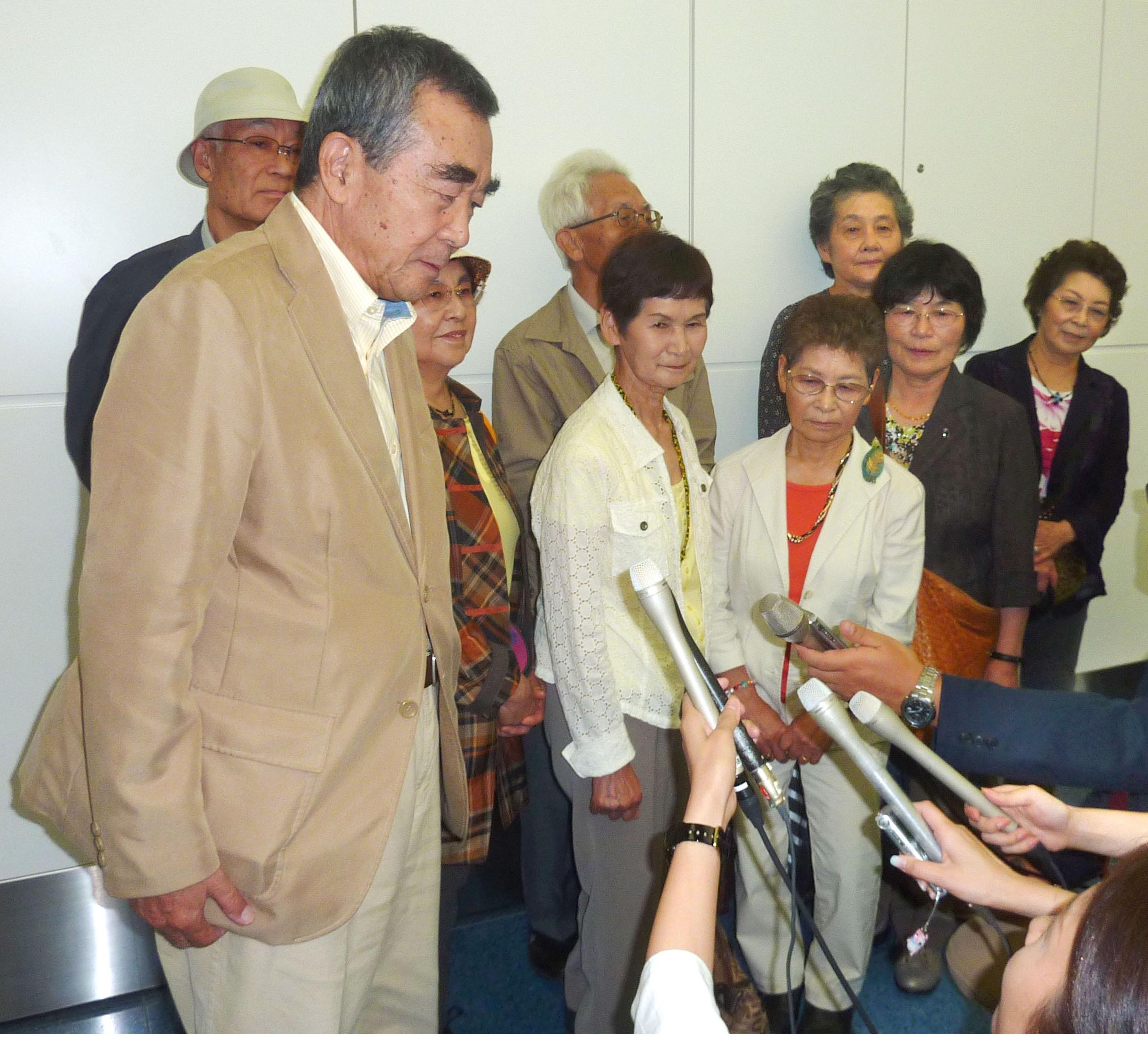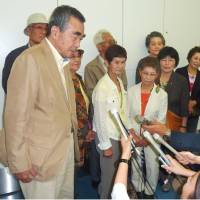A group of nine Japanese citizens departed Tokyo on Wednesday for North Korea, to visit graves of relatives who died there around the end of World War II.
North Korea has allowed such visits by Japanese citizens since August 2012, but this will be the first since Japan and North Korea reached an agreement in late May for the North to reinvestigate the fate of Japanese it abducted or is believed to have abducted.
The group is scheduled to arrive in Pyongyang via Beijing on Thursday. The visitors plan to visit burial sites in the northeastern port city of Chongjin and the eastern city of Hamhung during their stay, through July 5.
Government figures show about 34,600 Japanese died in the northern part of the Korean Peninsula, which is now North Korea, near the end of World War II, when the peninsula was still under Japanese colonial rule.
Kuniyasu Ishihara, 78, from Hiroshima, told reporters before leaving Tokyo's Haneda airport that he wants to offer incense sticks for his deceased relatives. Ishihara's younger sister, grandfather and grandmother died in Hamhung on their way to Japan.
Ishihara also said he wants to confirm the whereabouts of his father's remains, which his family left at a temple in North Korea after he died in 1943.
In late May, North Korea agreed to reopen an investigation into the fate of all Japanese nationals, including abductees, and the Japanese wives of Koreans who returned to the North after the war.
The Japanese government says North Korea abducted at least 17 citizens in the 1970s and 1980s, including Megumi Yokota, who disappeared at age 13 in 1977.




